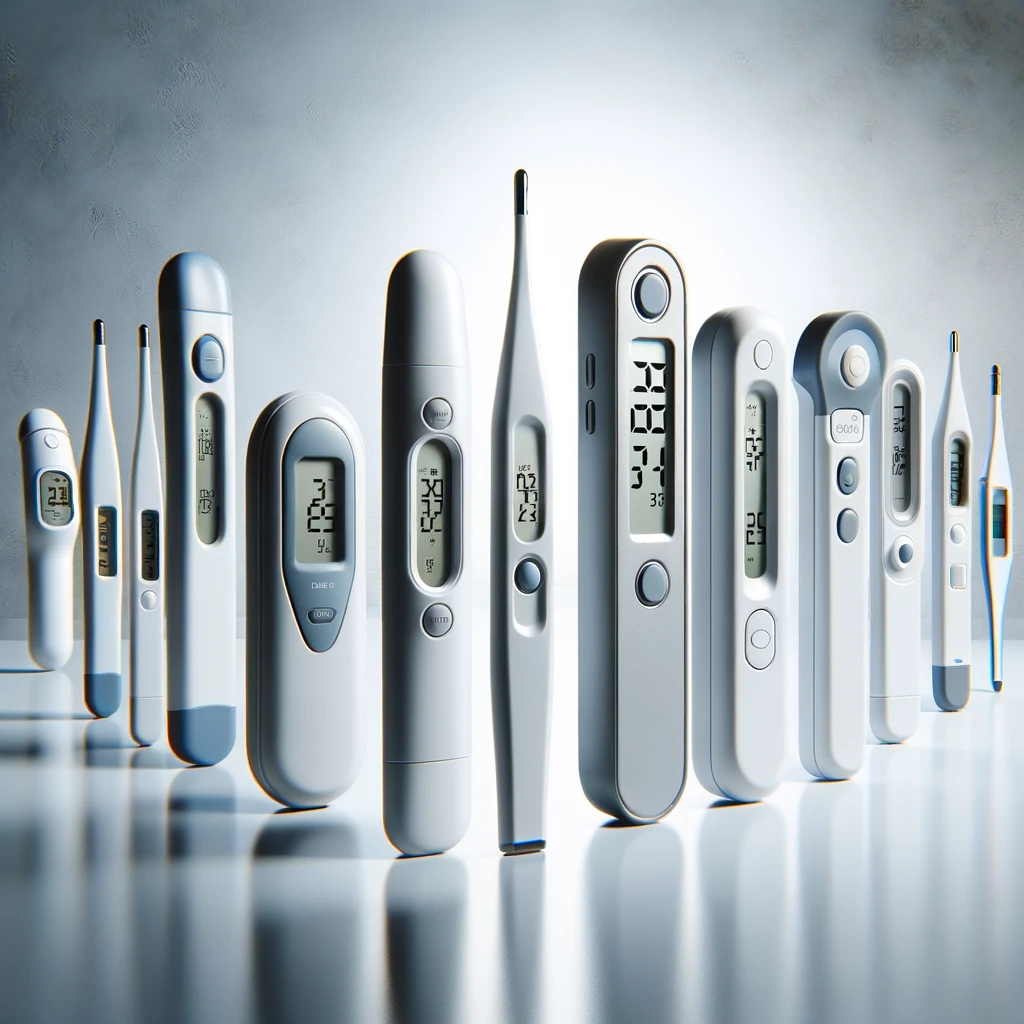
Regenixy | The Rise of Digital Thermometers: Precision Meets Convenience
In the landscape of health tools, digital thermometers have emerged as a preferred choice for monitoring body temperature due to their ease of use, rapid response, and enhanced accuracy. These attributes make them an invaluable tool in households and professional settings alike. This article will delve into the production of digital thermometers and explore why they have become a staple in health management.
Digital thermometers typically consist of a temperature sensor, a small digital display, and a battery compartment—all housed within a sleek, user-friendly design. The heart of the thermometer is the sensor which may use various technologies to detect temperature, with the most common being thermistor-based or infrared. These technologies allow for quick readings, usually within a few seconds, making the process as hassle-free as possible.
The manufacturing process of these thermometers involves meticulous assembly of electronic components. It begins with the production of the circuit board, which is the foundation of the device. Components like resistors, capacitors, and the core temperature sensor are mounted on this board. The circuit board is then encased in a durable, often waterproof body, which is ergonomically designed to facilitate easy handling and cleaning.
The design and testing phase is crucial. Each thermometer is calibrated to ensure accuracy, typically within plus or minus 0.1 degrees Celsius. This precision is significantly higher than that of traditional mercury thermometers. After calibration, the thermometers undergo rigorous testing to confirm their reliability and safety, ensuring they meet the required health and safety standards.
One of the advantages of digital thermometers is their versatility. They can be designed for oral, rectal, or axillary use, or to measure temperature from the ear or forehead via infrared sensors. This flexibility makes them suitable for users of all ages, from infants to the elderly, providing convenient options for everyone.
The shift from mercury to digital thermometers also highlights a broader move towards environmental sustainability. Digital devices do not contain mercury, which is toxic and poses disposal issues. This change not only makes digital thermometers safer but also reduces environmental impact.
As digital technology continues to evolve, future iterations of digital thermometers may offer even more features, such as connectivity with mobile devices for tracking and sharing temperature readings seamlessly. This integration can enhance the management of health, providing a more connected and informed experience.